You want to get into panoramic photography but don’t have the budget for that Hasselblad Xpan you’ve always drooled over? You need something new, an exhilarating experience, a way to burn through excess film? Well, get a Russian panoramic camera!
In recent years I’ve been travelling around the rural landscapes of Greece with a medium format camera loaded with color film, trying to capture the feeling of the places and the people. The Greek landscape can be sunny and harsh, and this presents me with a difficult situation: I stumble on a lot of images I itch to shoot, but they either don’t fit with the project I am working on, or they are better served by black and white film. Rather than forgo them, I decided to spice things up a bit and use a Horizon 202 panoramic camera as the “shoot everything I come across” camera. I tend to combine it with Ilford Pan 400 film, which I usually push a bit for the extra contrast and the allowance to shoot at f/11-f/16 as much as possible.
This simple mechanical camera demands nothing from you apart from a little bit of basic light metering. Even if you miscalculate the exposure, the latitude of black and white film takes care of it. Moreover, I am a fan of contrasty, messed up black and white images, so I don’t care for over/underexposure. I just use the Sunny 16 rule every time I encounter different lighting conditions, and the camera is ready for point’n’shooting.
Obviously, since this is a cheap Russian camera, it also has a lot of quirks. The major quirk is that the rotating turret assembly is prone to light leaks and strange flares, so you’d better try and shoot in overcast days or with the sun safely behind your back (which is extremely difficult in always-sunny Greece). The 28mm lens, while extremely sharp, has its focus fixed to infinity, so forget about close-up scenes and out-of-focus backgrounds. Also, loading up the film is a bit of a hassle. On the other hand, the camera is fully mechanical and the nature of the rotating turret means you can handhold slow speeds.
This roll of Ilford Pan 400 was shot in the space of a few hours, during one of my road trips in the Epirus region of northwestern Greece. The weather was cloudy with sunny bursts, and this suited me fine. I developed it on Kodak HC-110(B), scanned it on a Pakon F-135 scanner and jazzed up the contrast a bit.
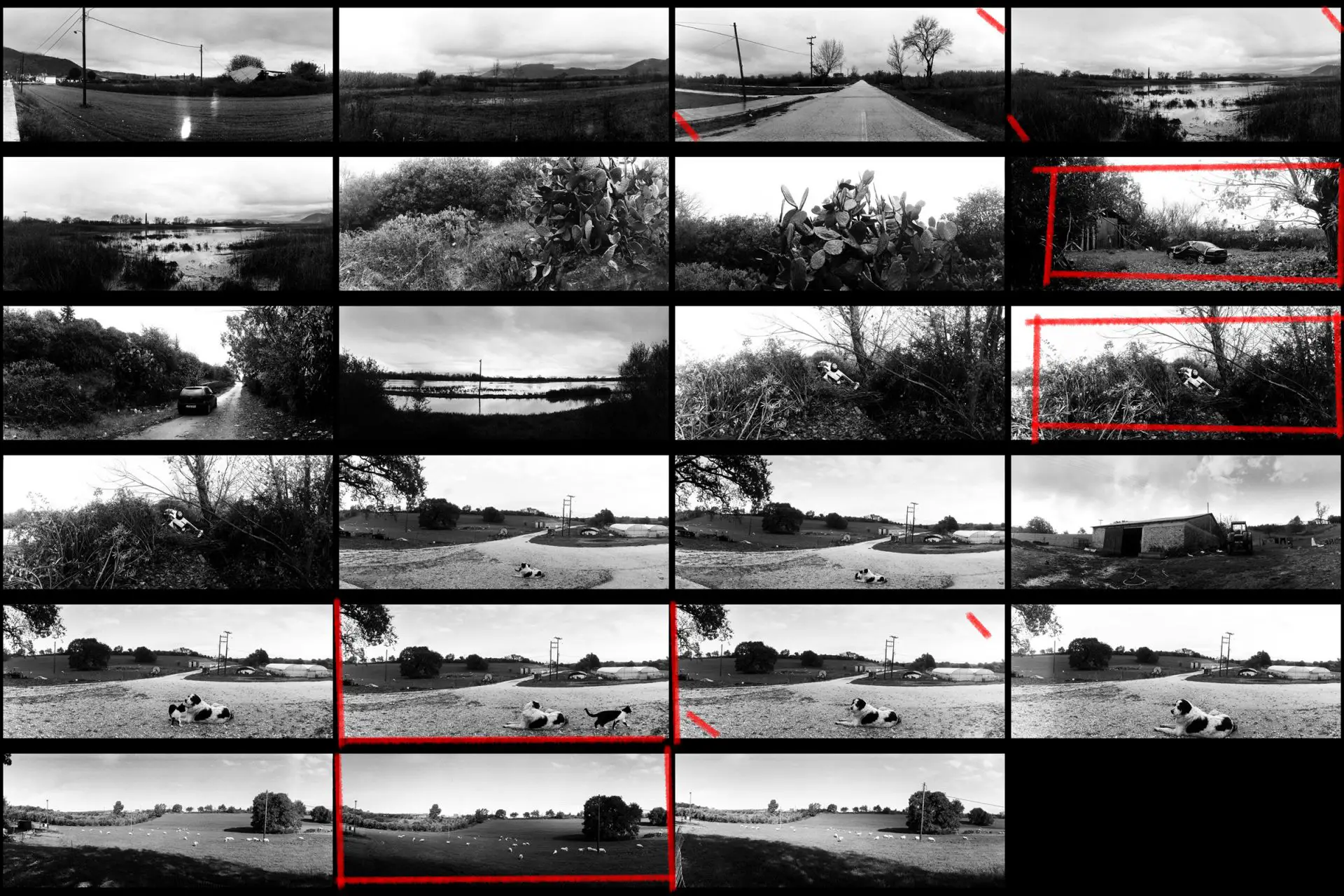
The digital contact sheet shows the extremely funny sequence of events that developed between the cat and the dog. I believe that contact sheets are quite valuable, since they allow for instant comparison between frames, and they reveal insights in the photographer’s method. I decided to keep 4 of the 23 photos, with the cat-dog photo being the best candidate for the long run.
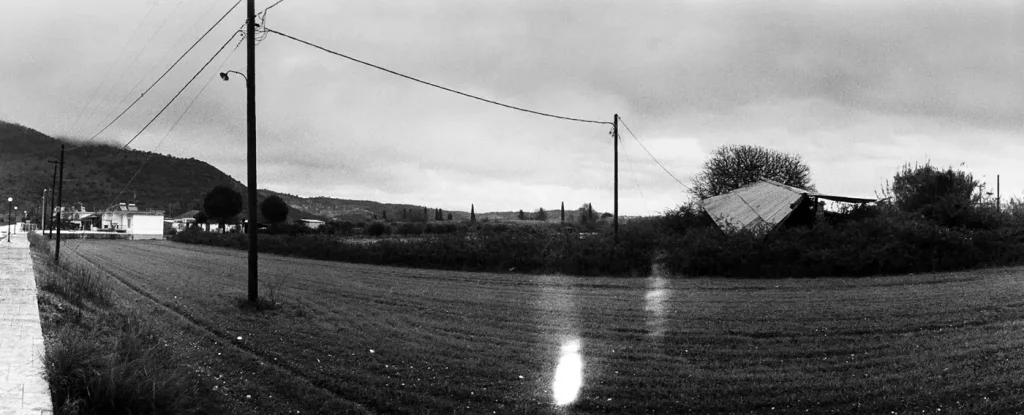
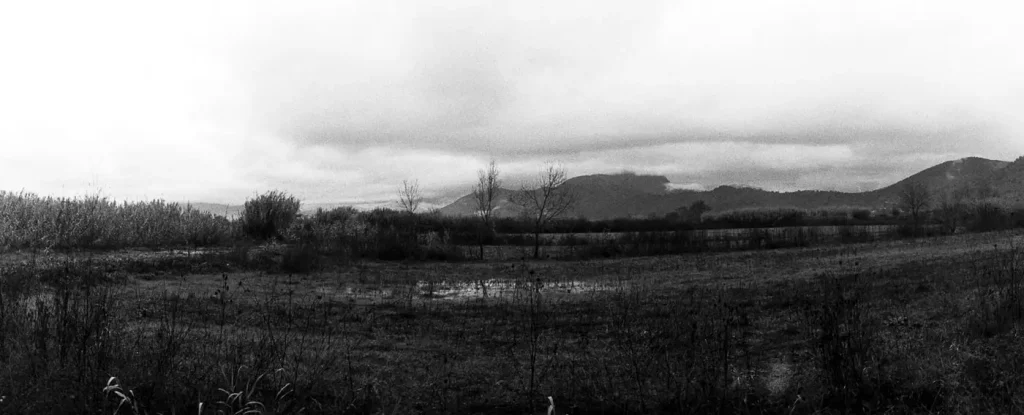
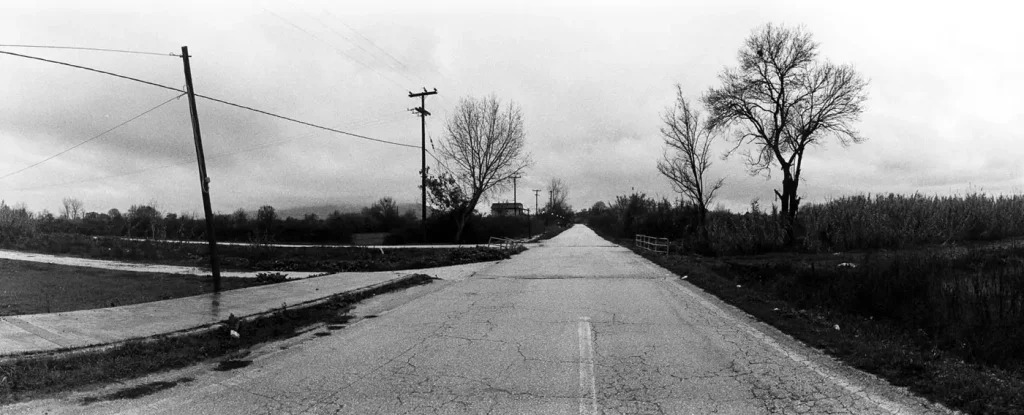
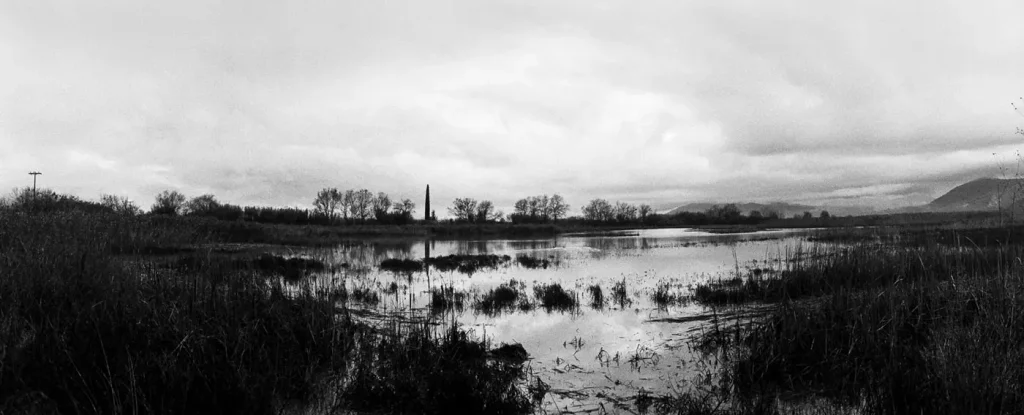
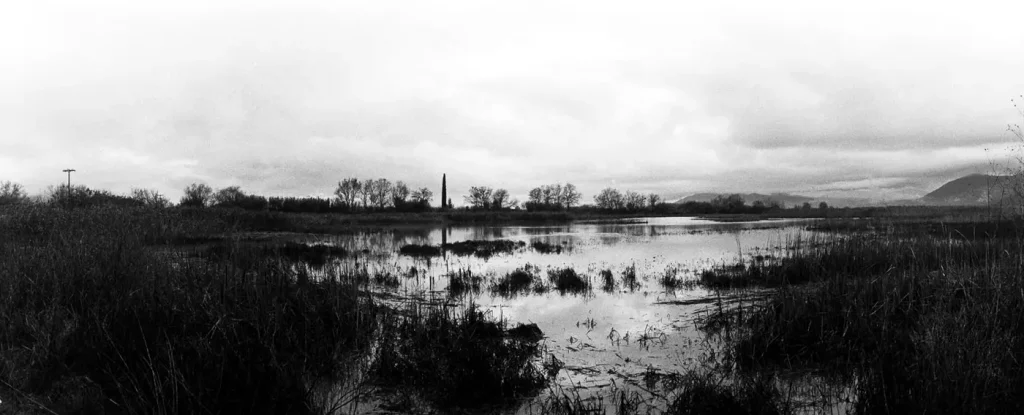
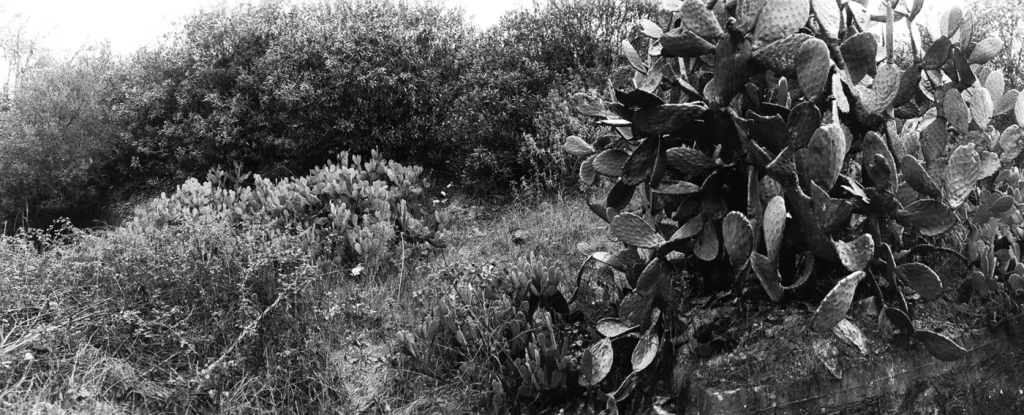
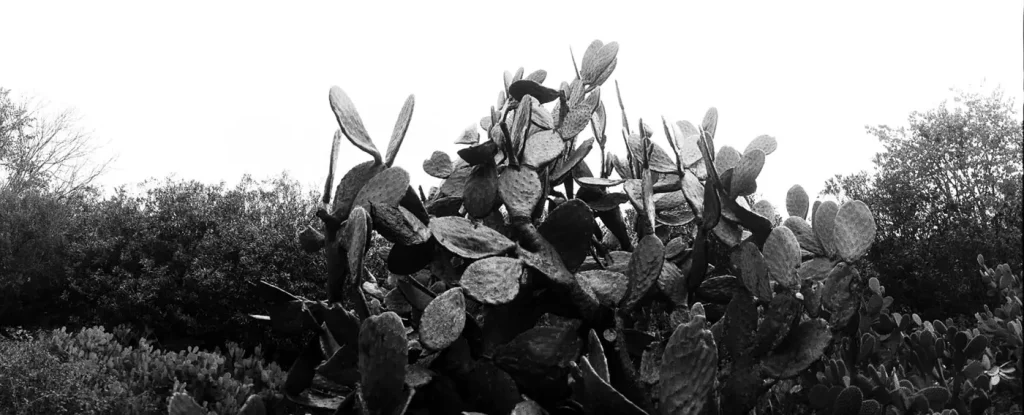
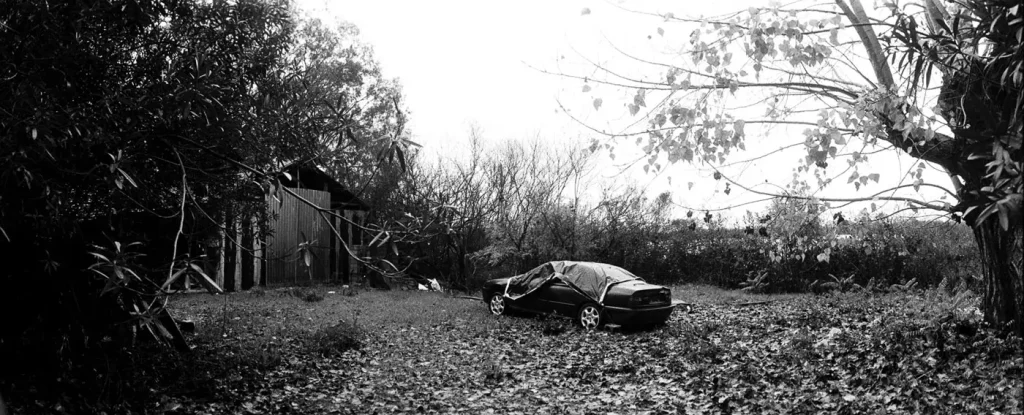
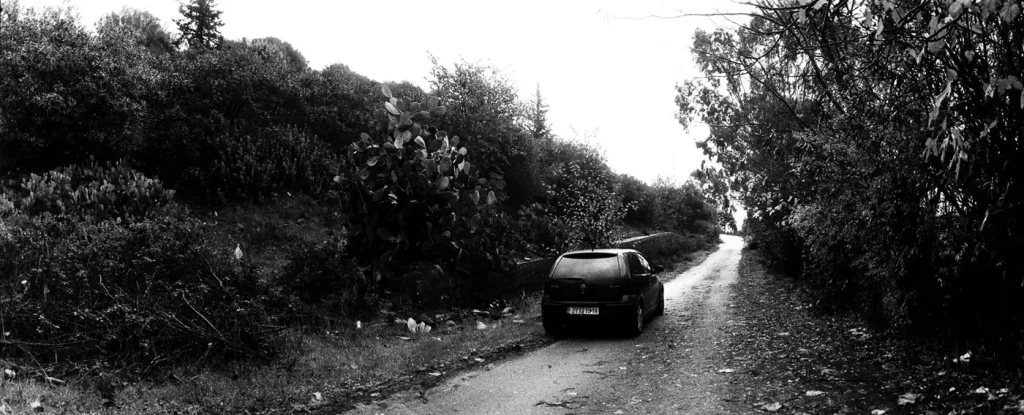
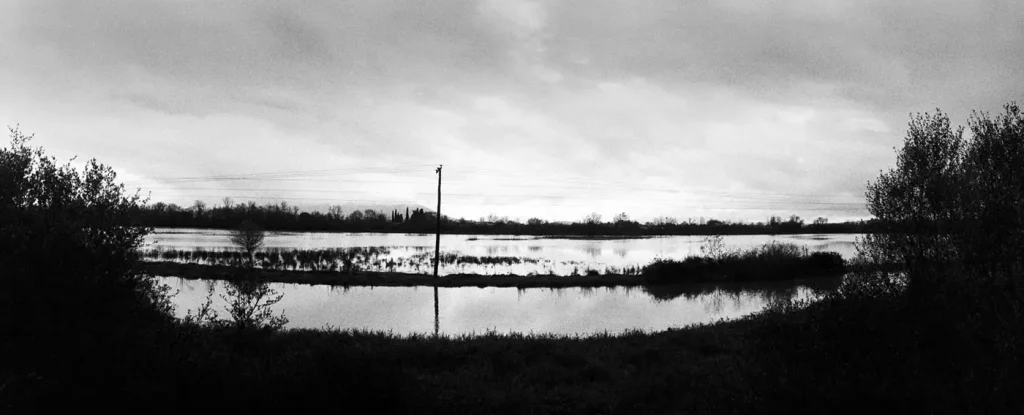
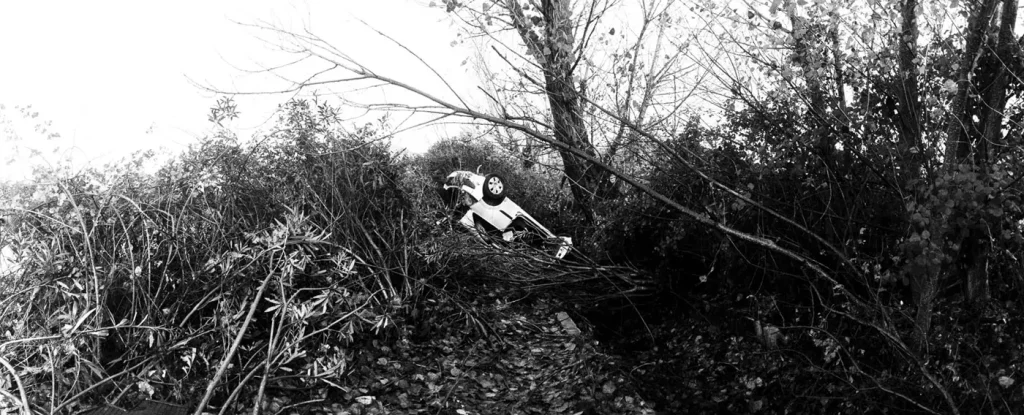
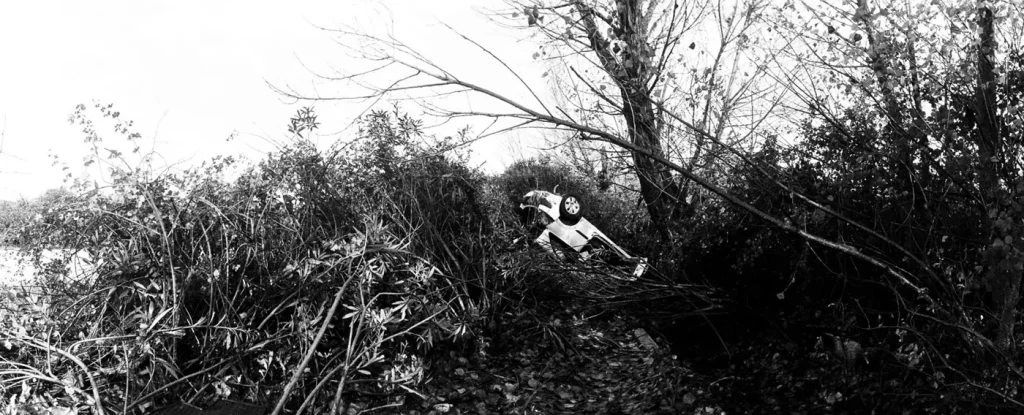
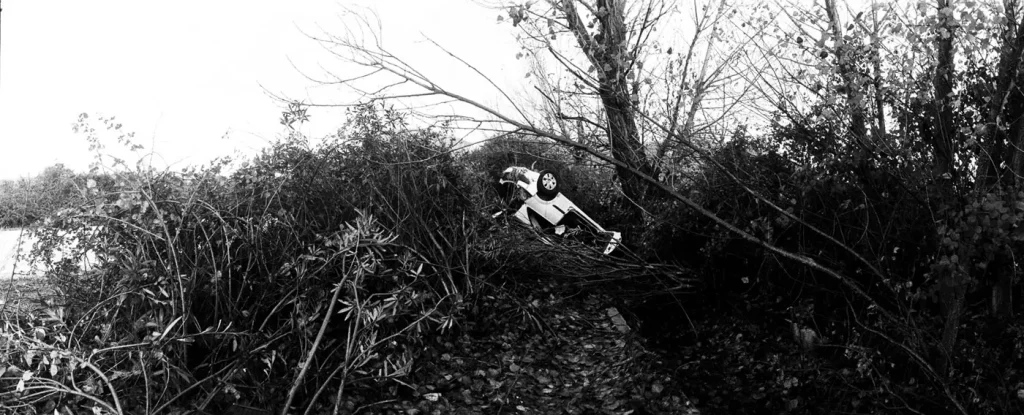
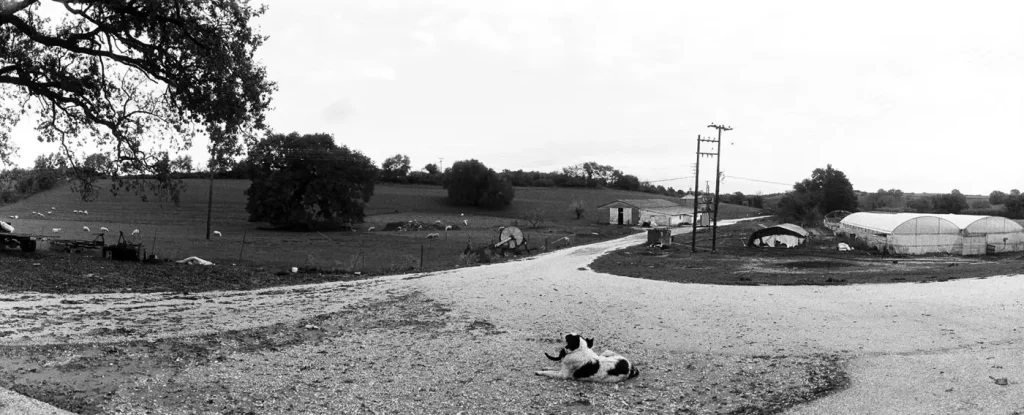
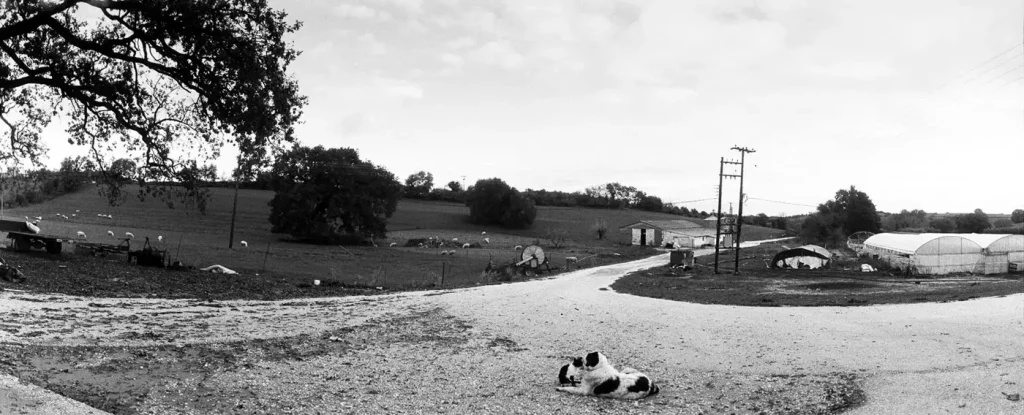
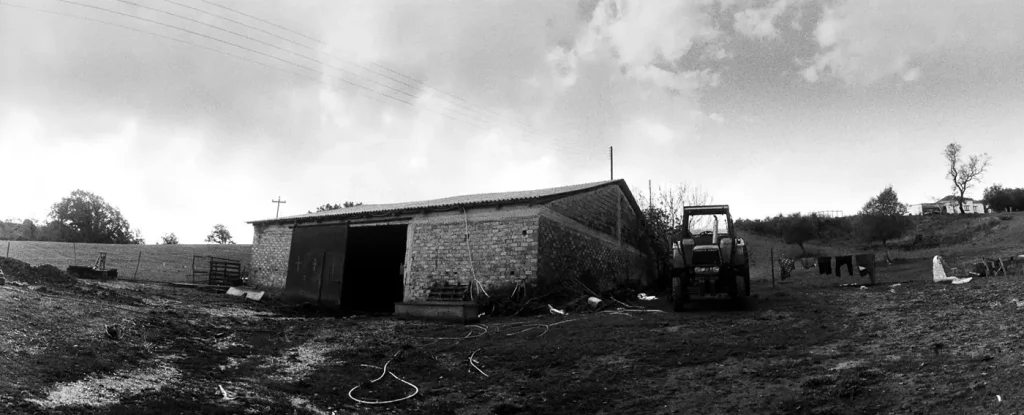
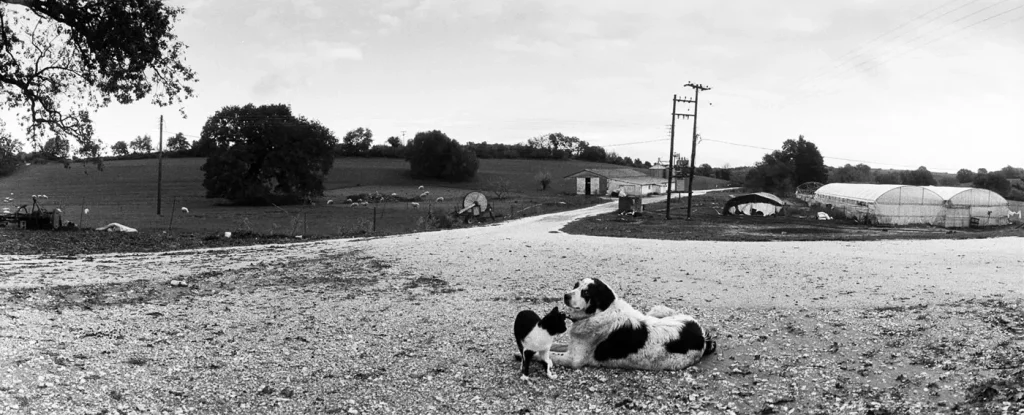
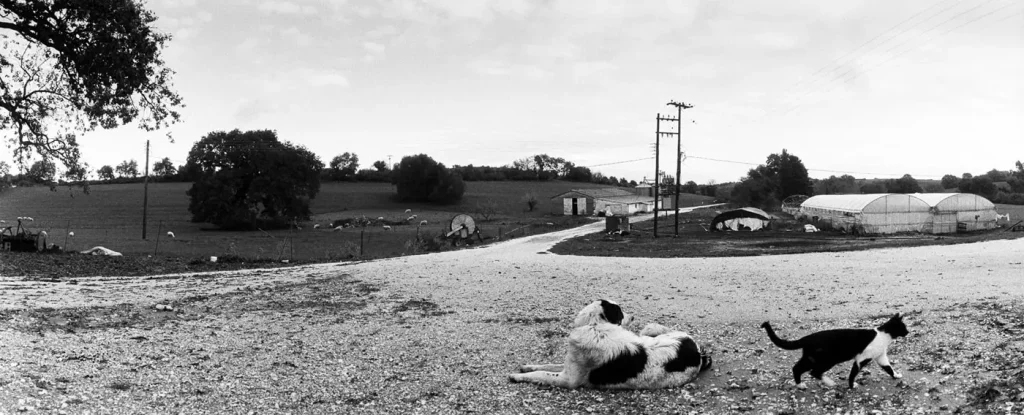
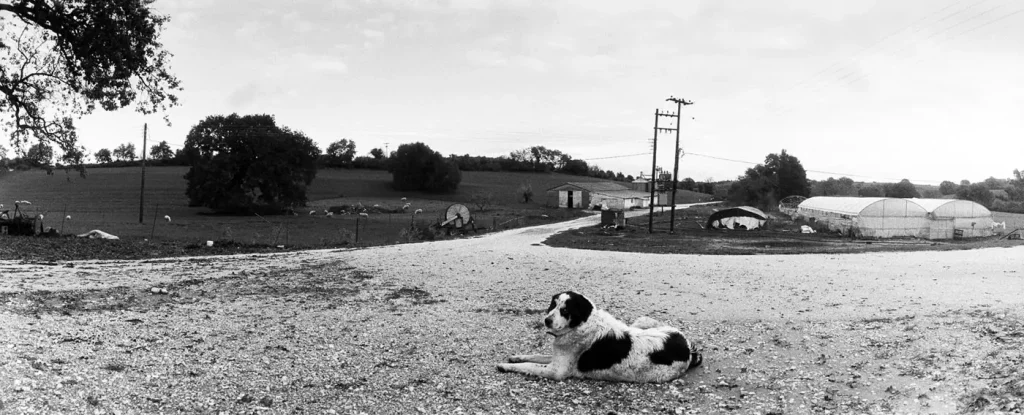
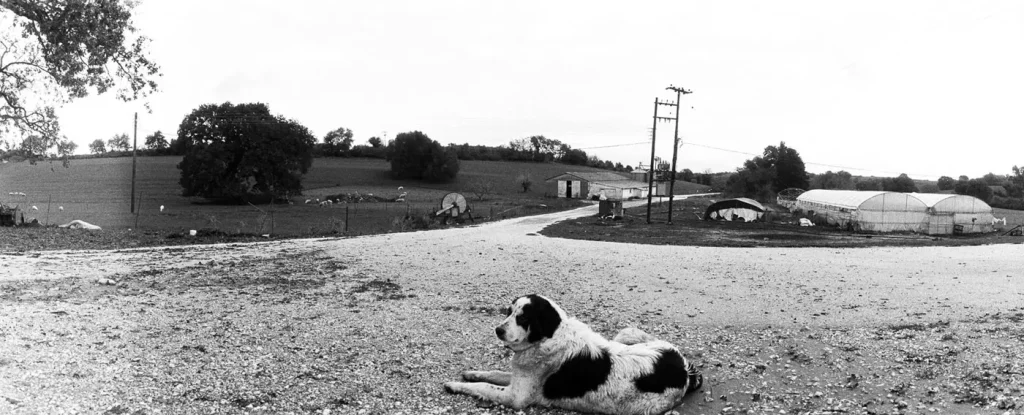
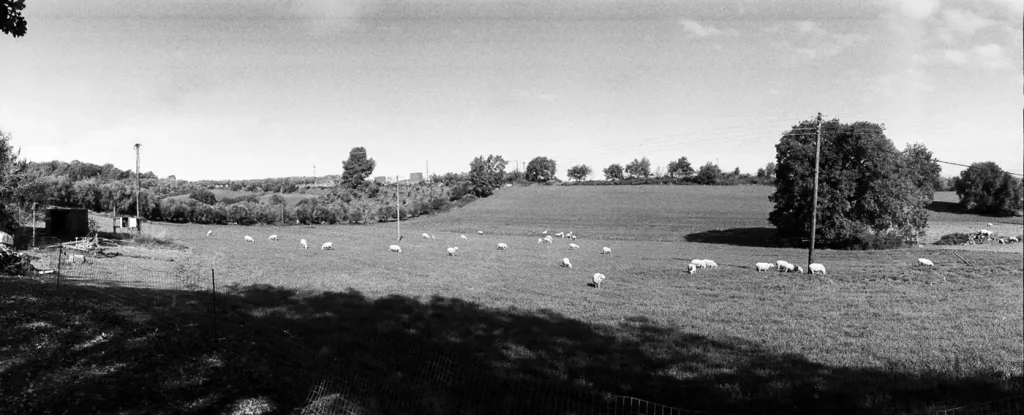
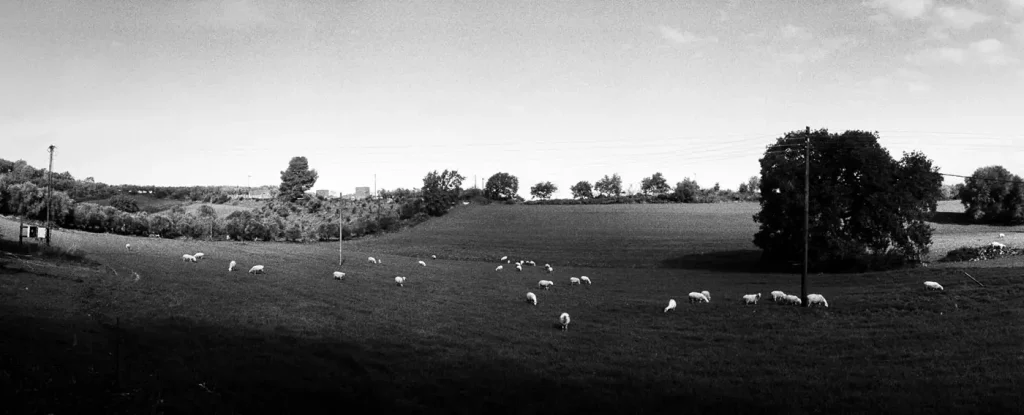

I hope you enjoy the images, and that you may consider getting your hands on such a camera. You can even buy them “new” on eBay (but they will still have all of their quirks). You can see more panoramic images in my website, or you can visit instagram for my latest work.
Share this post:
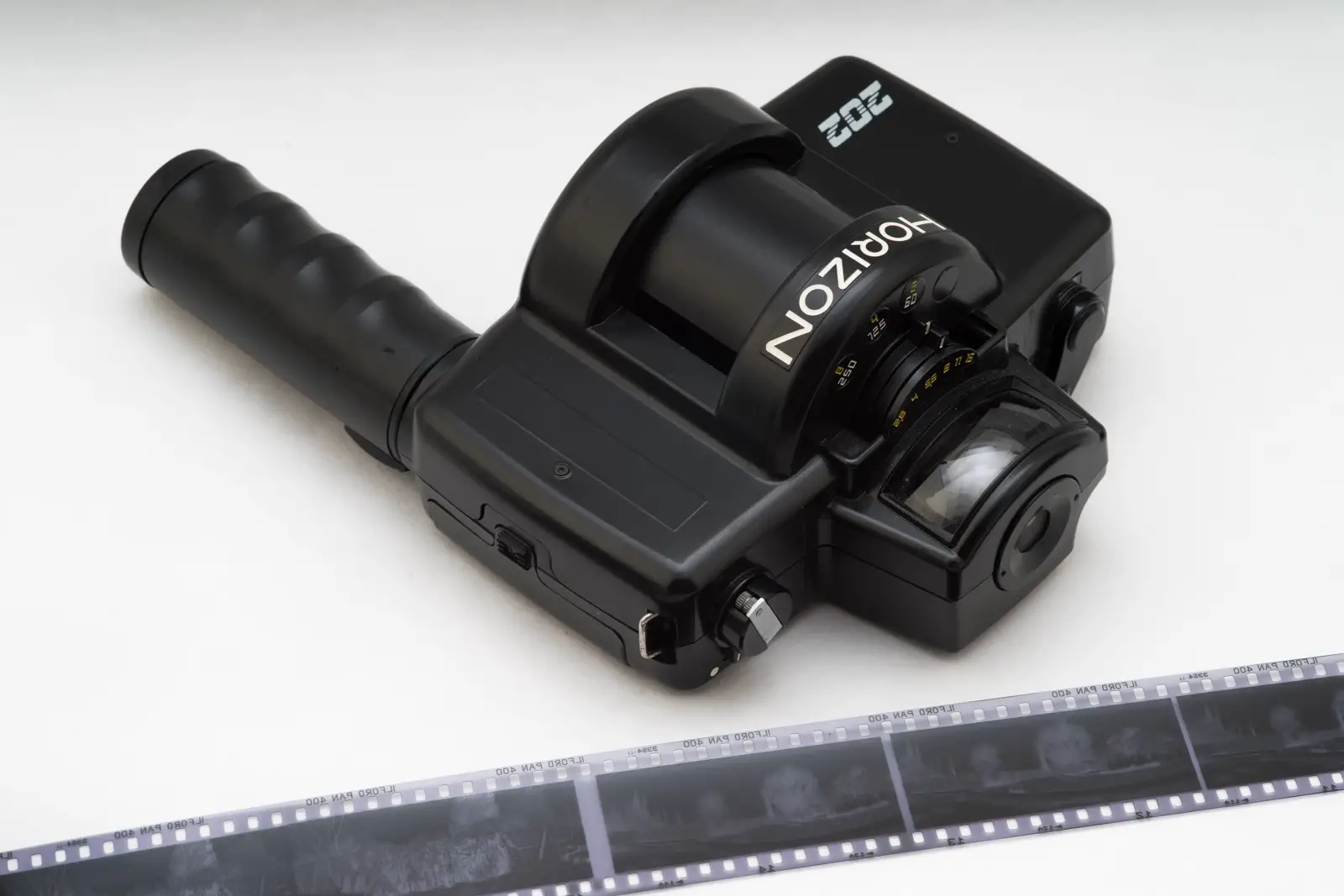








Comments
STUART on 23 frames / A Whole Roll of panoramic images with the Horizon 202 – #FullRollFriday – By Thodoris Markou
Comment posted: 22/05/2020
Comment posted: 22/05/2020
Scott Gitlin on 23 frames / A Whole Roll of panoramic images with the Horizon 202 – #FullRollFriday – By Thodoris Markou
Comment posted: 22/05/2020
Comment posted: 22/05/2020
Babak Farshchian on 23 frames / A Whole Roll of panoramic images with the Horizon 202 – #FullRollFriday – By Thodoris Markou
Comment posted: 22/05/2020
Comment posted: 22/05/2020
Rock on 23 frames / A Whole Roll of panoramic images with the Horizon 202 – #FullRollFriday – By Thodoris Markou
Comment posted: 23/05/2020
Comment posted: 23/05/2020
David Narbecki on 23 frames / A Whole Roll of panoramic images with the Horizon 202 – #FullRollFriday – By Thodoris Markou
Comment posted: 23/05/2020
Comment posted: 23/05/2020
Comment posted: 23/05/2020
Comment posted: 23/05/2020
David Allen on 23 frames / A Whole Roll of panoramic images with the Horizon 202 – #FullRollFriday – By Thodoris Markou
Comment posted: 23/05/2020
Comment posted: 23/05/2020
Clive Shepherd on 23 frames / A Whole Roll of panoramic images with the Horizon 202 – #FullRollFriday – By Thodoris Markou
Comment posted: 18/12/2022
They are a great camera and a lot of fun to work with. Thanks for the review.
Depth of Field Table for the HORIZON-202 Camera Lens
Aperture Depth of field, m
2,8 5,5--∞
4 3,9--∞
5,6 2,9--∞
8 2--∞
11 1,5--∞
16 1--∞
Comment posted: 18/12/2022